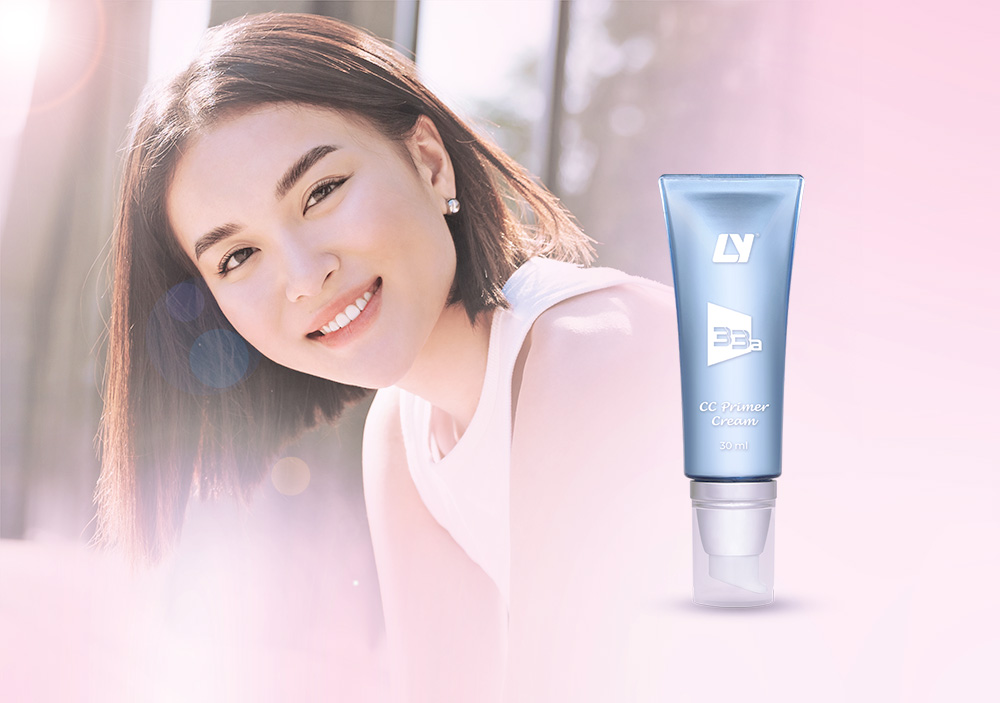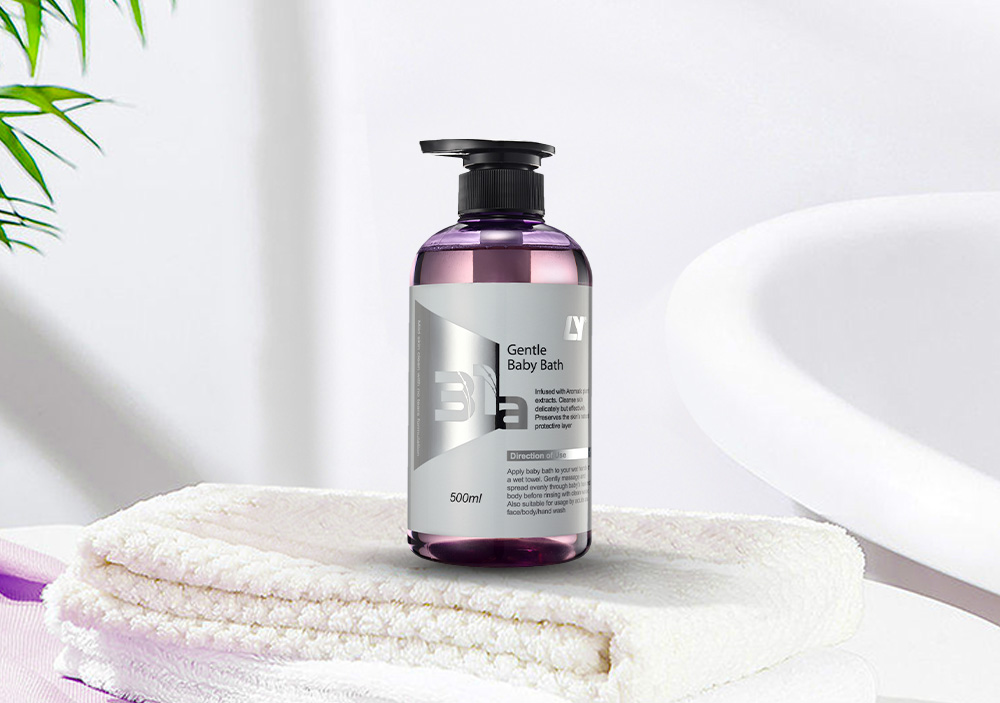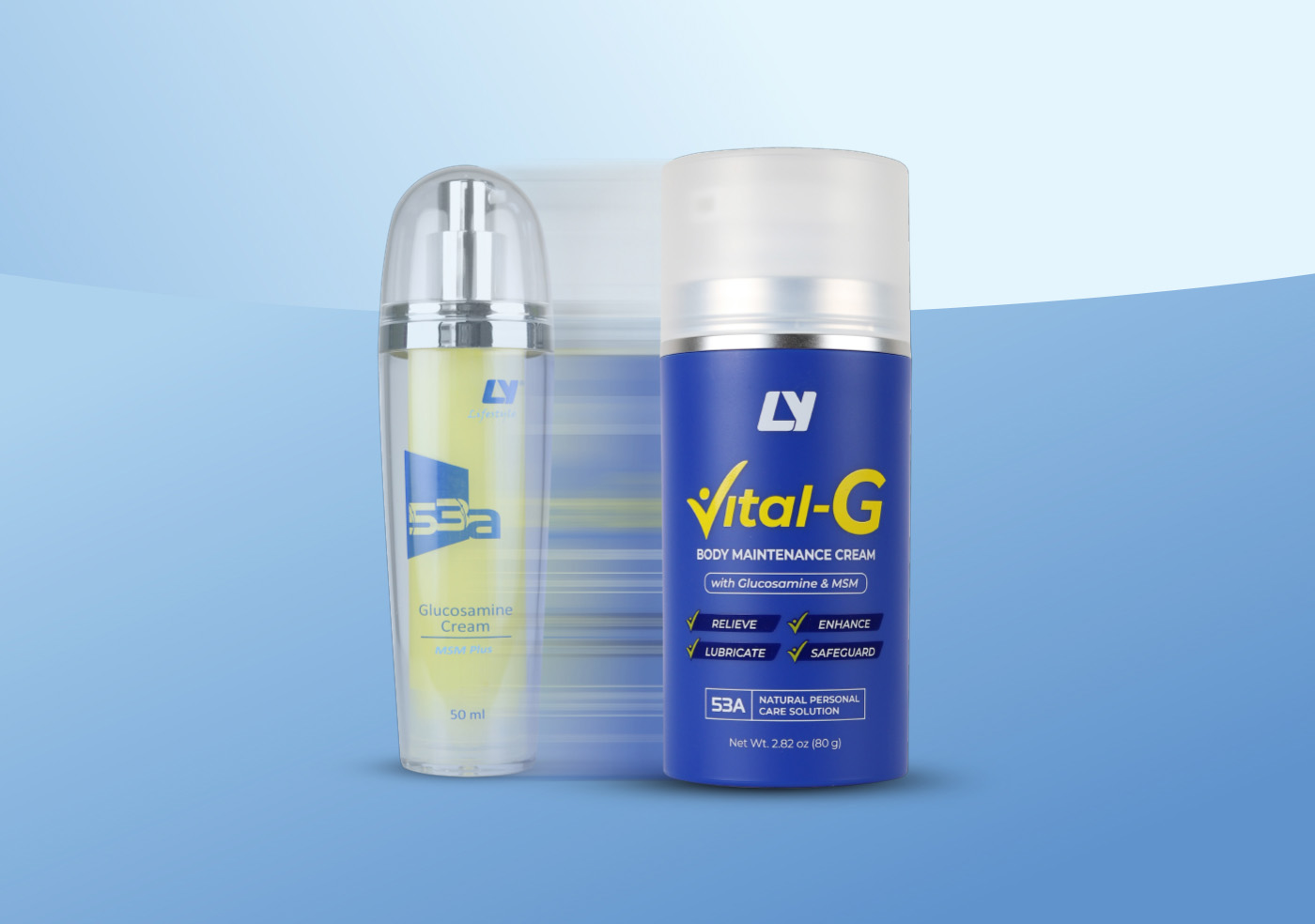How to Read a Skincare Product’s Ingredient Label | LY Library
by LYL Admin, 03 Jan, 2024
How to Read a Skincare Product’s Ingredient Label Effectively
Guiding You Toward Informed Skincare Choices
Abstract
Understanding how to read a skincare product’s ingredient label empowers consumers to make informed decisions about their skincare routines. This article provides a thorough guide on ingredient composition, concentration order, potential allergens, controversial chemicals, and certifications. We’ll also explore the difference between natural and synthetic ingredients, product stability, and vegan or cruelty-free status. By learning how to decode labels, individuals can select products that align with both their skin needs and ethical values.
1. Ingredient Composition & Function
Understanding the role of each ingredient in a skincare product is crucial. The active ingredients are what determine the product's efficacy:
- Active Ingredients: These ingredients are responsible for the primary benefits of the product. For example:
- Hyaluronic Acid: Hydrates the skin.
- Retinol: Promotes cell turnover.
- Vitamin C: Fights free radicals and brightens the skin.
- Supporting Ingredients: These include preservatives, emulsifiers, and stabilizers that help maintain the product’s texture and shelf life (Draelos, 2021【1】).
2. Ingredient Concentration Order
Ingredients are listed in descending order based on their weight. This is essential to understand the potency of the product:
- Higher Concentration: The most abundant ingredients are listed at the top of the label.
- Low Concentration: Ingredients under 1% are usually listed at the end, though they still play an important role (Farris, 2020【2】).
3. Potential Allergens & Irritants
For those with sensitive skin, identifying allergens and irritants on the label is key. Common allergens include:
- Fragrances
- Sulfates
- Parabens
- Preservatives like methylisothiazolinone (Loden & Maibach, 2019【3】).
4. Presence of Harsh or Controversial Ingredients
Certain ingredients might be controversial for their potential to irritate or cause long-term effects. These include:
- Parabens: Preservatives linked to hormonal disruption.
- Silicones: Known for creating a barrier but can clog pores.
- Mineral Oils: These are debated for their impact on the skin’s ability to breathe (Goodman, 2022【4】).
5. Natural vs. Synthetic Ingredients
Some consumers prefer products with natural ingredients, though it’s important to note that “natural” is not a regulated term:
- Natural Ingredients: Plant-based, but quality may vary.
- Synthetic Ingredients: Chemically derived, often more stable and consistent in performance.
- Third-party certifications like USDA Organic or ECOCERT help ensure ingredient purity and ethical sourcing (Mukherjee, 2021【5】).
6. Certifications & Compliance
Check for adherence to safety regulations and ethical standards. Common certifications include:
- FDA and EU Cosmetic Directive for regulatory compliance.
- USDA Organic, ECOCERT, and Leaping Bunny (cruelty-free) certifications confirm ethical practices (De Groot, 2020【6】).
7. Product Stability & Shelf Life
Certain ingredients degrade over time due to exposure to light or air:
- Vitamin C: Loses potency when exposed to oxygen.
- Preservatives: Phenoxyethanol and sodium benzoate extend shelf life by preventing microbial growth (D’Souza & Dhume, 2019【7】).
8. Vegan & Cruelty-Free Status
Look for certifications to ensure products are vegan or cruelty-free. Some ingredients like beeswax, lanolin, and carmine indicate non-vegan status, while cruelty-free products carry respected certifications (Baumann, 2022【8】).
Professional References
- Draelos, Z. D. (2021). Cosmetic Dermatology: Principles and Practice. Wiley.
- Farris, P. K. (2020). Cosmeceuticals and Cosmetic Ingredients. McGraw-Hill.
- Loden, M., & Maibach, H. I. (2019). Treatment of Dry Skin Syndrome: The Art and Science of Moisturizers. Springer.
- Goodman, G. J. (2022). Aesthetic Dermatology: Current Perspectives. Elsevier.
- Mukherjee, P. K. (2021). Evidence-Based Validation of Herbal Medicine. Elsevier.
- De Groot, A. C. (2020). Patch Testing and Prick Testing: A Practical Guide. Springer.
- D’Souza, P., & Dhume, R. Y. (2019). Stability Testing of Cosmetic Products. Wiley.
- Baumann, L. (2022). Cosmetic Dermatology: Principles and Practice. McGraw-Hill.
Other Articles

Pre-Exercise Lubrication and Post-Exerci...
Maintaining optimal muscle and joint health is essential for anyone engaging in physical activity, w...

LY Anti-Aging CC Primer | New Fragrance ...
Discover LY Anti-Aging CC Primer Cream – the effortless beauty essential that hydrates, protec...

LY 31a Gentle Baby Bath
Discover the secret to radiant, healthy skin with LY 31a Gentle Baby Bath – gentle for babies ...

LY 53A Vital-G Body Maintenance Cream (w...
Unlock the secret to long-term vitality and holistic body wellness. Combining natural ingredients wi...
